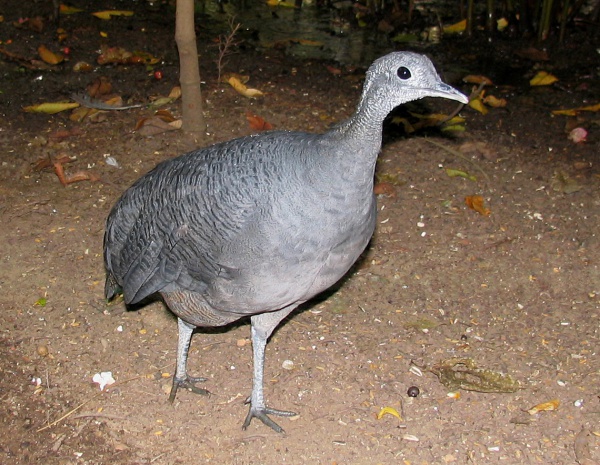Facts About Grey tinamou
The grey tinamou is a ground-dwelling bird native to South America, distinguished by its four distinct subspecies. It belongs to the Tinamidae family and shares a lineage with ratites, having evolved from ancient flying birds. These subspecies are dispersed across various countries including Colombia, Venezuela, Ecuador, Peru, Bolivia, and Brazil.
In terms of appearance, the grey tinamou is one of the largest members of its family, reaching up to 46 cm in length. It features predominantly grey plumage with blackish bars on its back and head, and a cinnamon-colored vent. White spots adorn its head and neck, contributing to its distinctive look. This bird primarily inhabits humid lowland forests, though it can also adapt to areas that have been logged. Despite being known for its characteristic song, the grey tinamou is quite elusive and seldom seen.
As for behavior, the males are responsible for incubating the eggs in nests concealed within dense brush. They also care for the chicks until they become independent. The grey tinamou's diet mainly comprises fruits and seeds, which they forage from the ground and low bushes.
The conservation status of the grey tinamou has fluctuated over the years. It was once listed as Least Concern by the IUCN but was reclassified as Vulnerable in 2012 due to increasing conservation concerns. Despite its extensive habitat spanning approximately 3,600,000 square kilometers, the grey tinamou faces significant threats that warrant close monitoring and conservation efforts.

 Panama
Panama